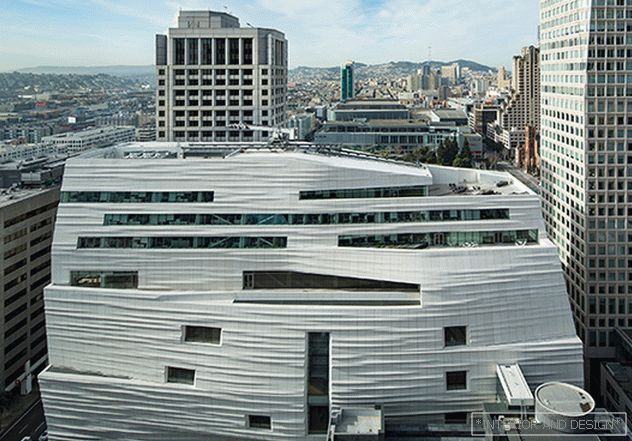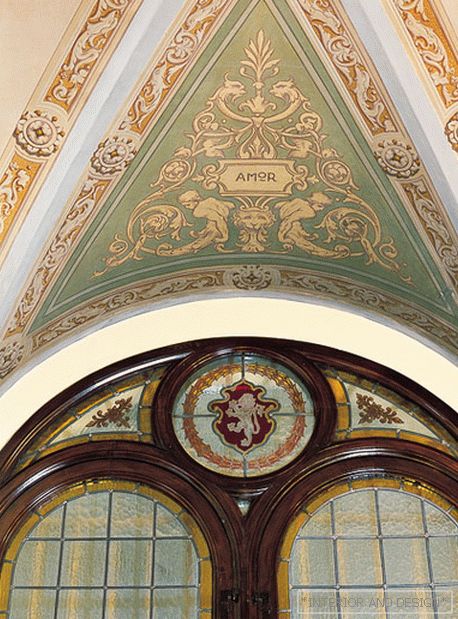Orange: mood color
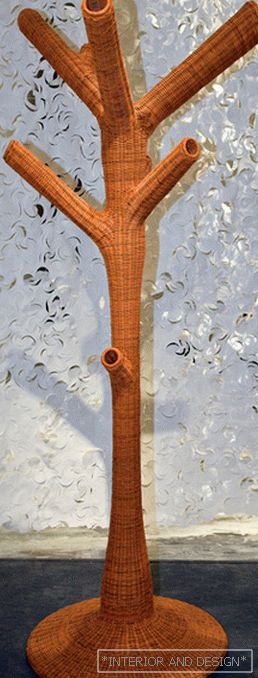
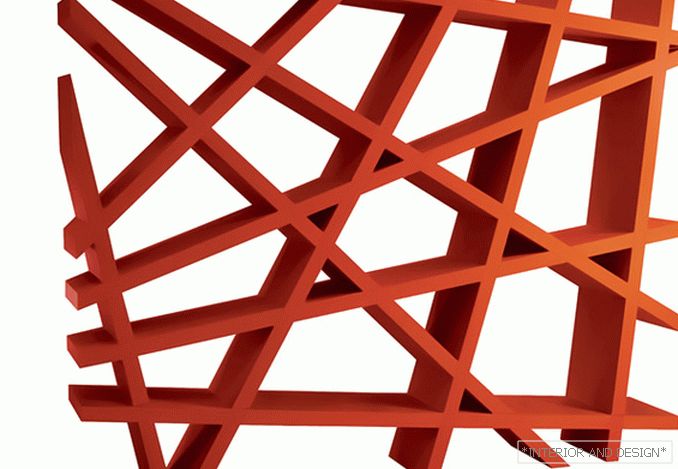
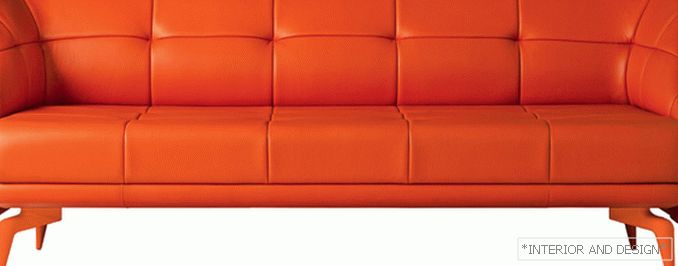
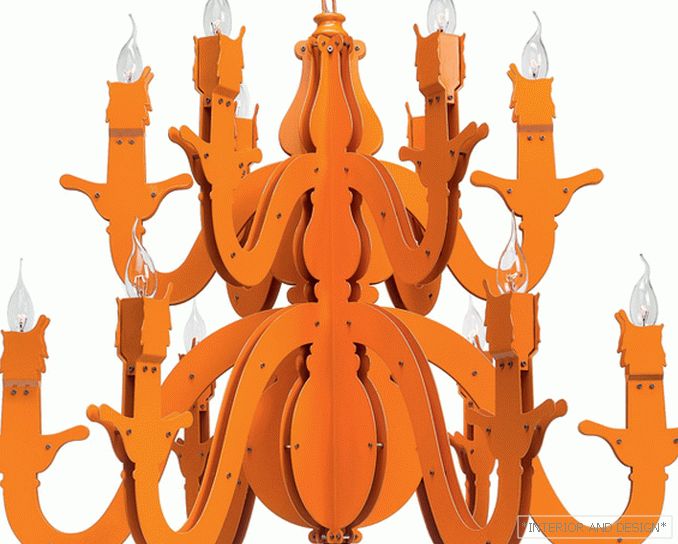



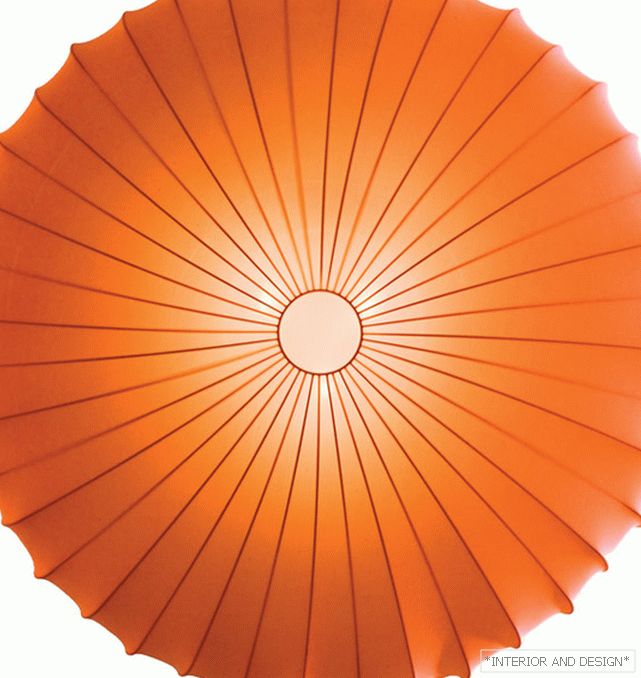
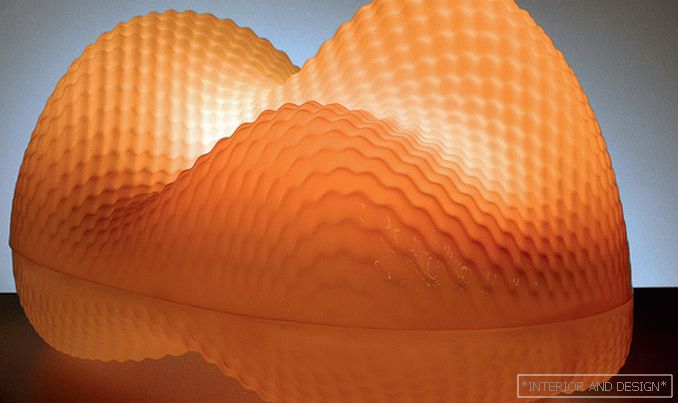
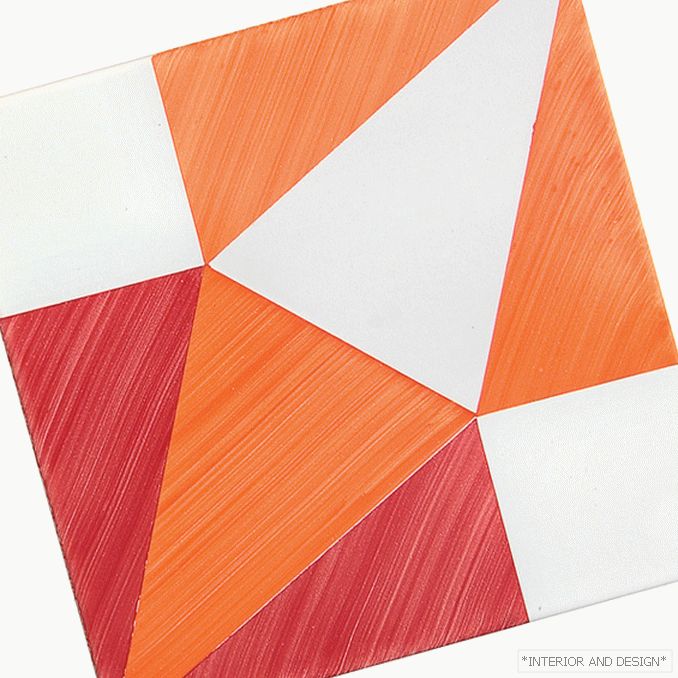

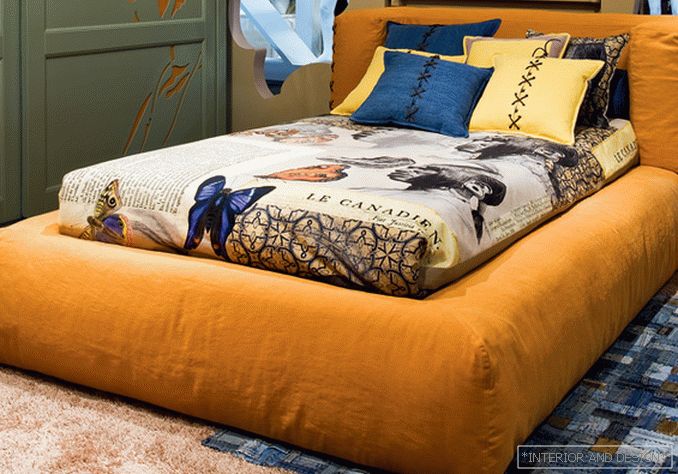

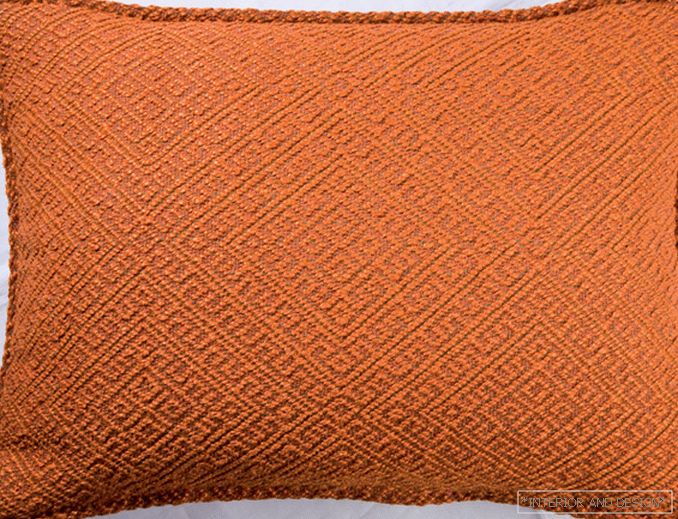 Passing the gallery
Passing the gallery Text: Marina Volkova
A photo: Marina Volkova, - пресс-служб
Magazine: N10 (165) 2011
Up until the 18th century, orange was not called so. In Russian, for example, the word "Pomerantsevy" was used, which had German roots. Under Peter I, oranges appeared in Russia, brought to Europe from China. They were christened French orange, which then gave the name and their characteristic color. Shades of orange also received "grocery" definitions, carrot and rowan for example.
For a long time, this color was not widely spread due to the rarity of the dye and became fashionable only in the 19th century, and then at the beginning of the 20th, along with exotic tango and women's dresses, echoing dance. The recent surge of interest in Eastern cultures and the most striking of all has led to the unprecedented popularity of Orange.
In the psychology of color, it is believed that it stimulates the appetite and creates a cheerful mood. Therefore, it is often used in the design of kitchens and bathrooms. It is associated with dynamics, energy, cheerfulness - orange objects are the place in the nursery. This color is relevant primarily in the details and works in contrast with the cold gamut. It can be muted using dark tones. It is not excluded the combination of orange and bright blue. Such a tandem will remind you of a Mediterranean vacation!

